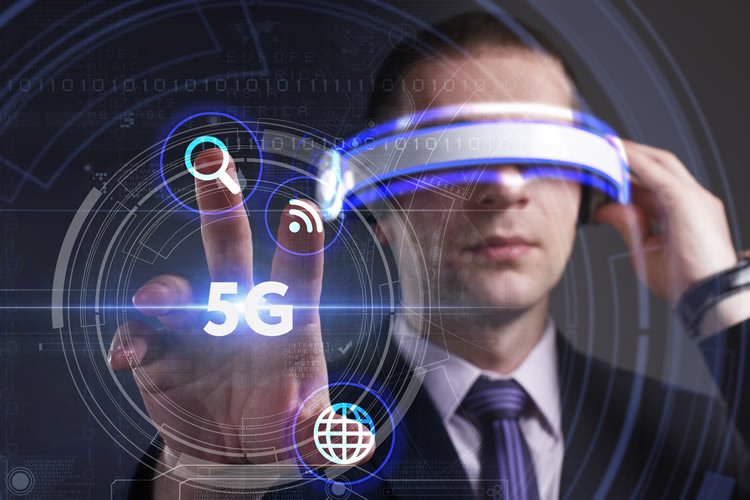
OVERVIEW AGAINST in augmented and virtual reality (AR/VR) technology, the establishment and commercialization of 5G networks has sparked new innovations, with low latency and higher network speeds powering live, immersive experiences.
Non-contact strategies have gained traction as many have inspired by the coronavirus outbreak to embrace social distancing, and the 5G and AR/VR collaboration will provide realistic implementations across a range of industries.

From a Distance Health Treatment,
With 5G and AR/VR partnership, high-capacity health care needs can make possible from linked ambulances to medical imaging.
Telehealth applications have seen a rise in use, especially during the current health crisis, and 5G will advance the field further. Anatomical renderings AR can see that from any perspective/VR goggles for surgical needs can help train and prepare doctors better. AR/VR exposure therapy apps also made more successful with 5G for emotional and mental therapy, which decreases lag time and provides a more practical and immersive environment for the user.
Your Living Room: New Museum
Virtual reality enables people to visit museums from the comfort of their own home, offering objects a chance to be up close and personal.
The quick 5G data transmission allows high-definition imagery that can view from any angle minute information of historical objects.
A Changer for a Game
Streaming and gaming are seeing an increase in use as advice to stay at home continues. For gamers, not only the speed of the connection but also the latency and stability are the quality of the game.
5G will make the difference between a realistic and immersive game for those who are in an AR or VR gaming experience, and one that is stressful and potentially stomach-turning. Even a millisecond can be significant in gaming competitions, particularly those where participants are not on the same network.

Scoring the Best Arena Seat
In 2018, Verizon introduced AR/VR interactions powered by 5G into motion. The team streamed a live, stereoscopic in-stadium experience at Super Bowl LII in Minneapolis. NBA players tested 5G-enabled AR/VR goggles later in the year which streamed live video in proper time, enabling them to test a ball and take a shot while still wearing the goggles.
For the near future, live sports events will have to take place without in-person viewers, and such apps may offer close-up, front row seats to fans without being in the stadium for their favorite sporting events.
Be whoever you want in a meeting when
In the work-from-home world, 5G-powered AR/VR apps are also expanding, creating exciting alternative meeting places for colleagues to hold important work conversations or happy hours.
Two companies recently met to sign a significant agreement from different countries via a virtual room, and CES exhibitor Spatial created a solution that enables users to meet as avatars and collaborate.
With 5G, AR/VR implementations will soon extend away from steady Wi-Fi signals into outdoor environments. 5G-enabled AR/VR apps will create more effective and immersive experiences in building designs, way finding, and more.



